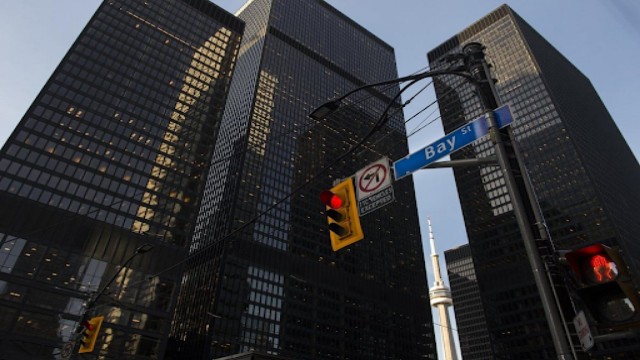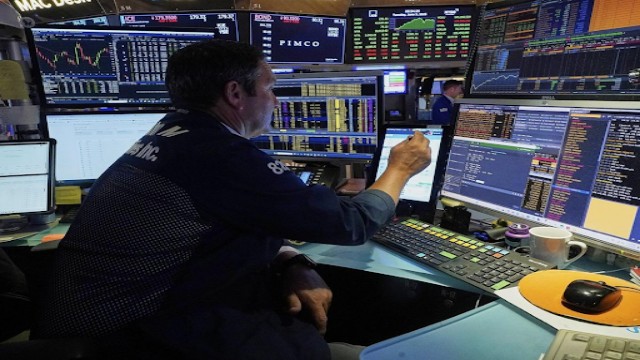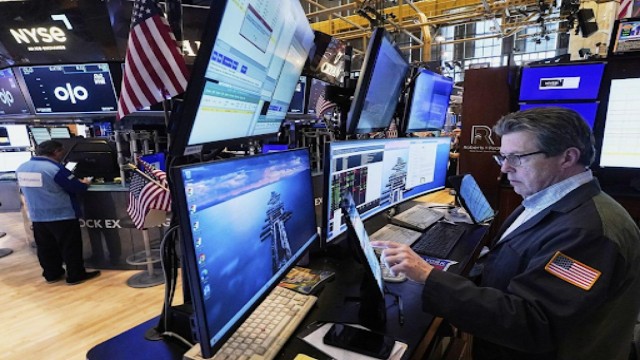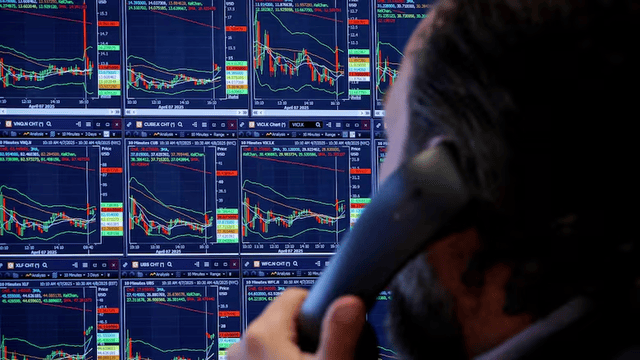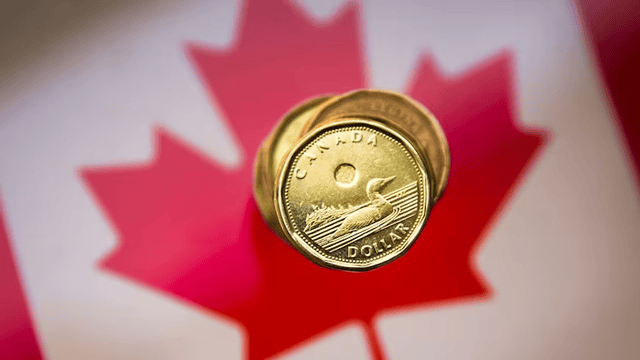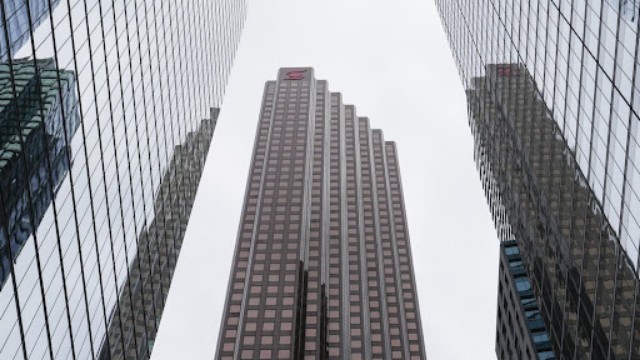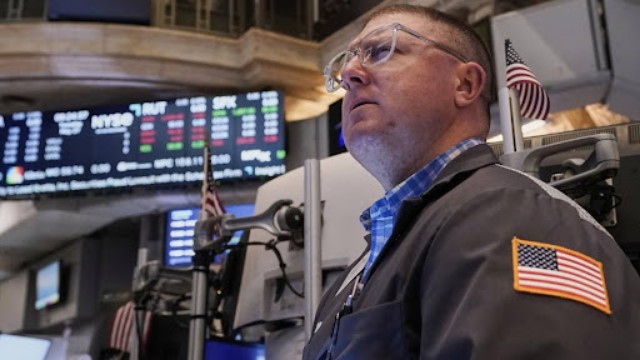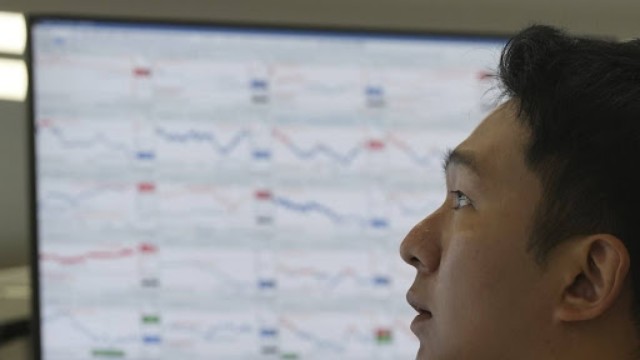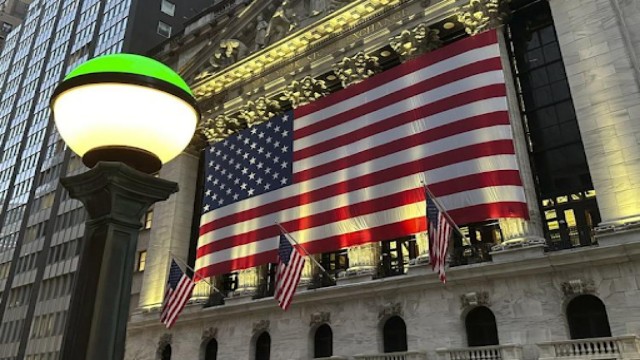
An American flag is displayed on the front of the New York Stock Exchange in the Financial District of New York City on Tuesday, November 5, 2024. (AP Photo/Peter Morgan, File)
Wall Street pulled back from its record highs on Thursday after a sharp drop in Walmart’s stock shook investor confidence. The S&P 500 slipped 0.4% after two days of record gains, while the Dow Jones Industrial Average tumbled 450 points (1%), and the Nasdaq composite dipped 0.5%.
Walmart’s Forecast Disappoints Investors
Despite reporting better-than-expected profits for the last quarter, Walmart’s stock plummeted 6.4% due to a weak profit outlook for the year ahead. The retail giant, facing the challenges of high inflation and potential tariffs, warned of slower earnings growth. This sparked concerns across the retail sector, dragging down stocks like Costco (-2.4%), Target (-1.6%), and Amazon (-1.9%).
Tech and Defence Stocks Under Pressure
Palantir Technologies took a massive 10% hit following a back-to-back decline, totalling a 20% loss over two days. The drop came after U.S. Defence Secretary Pete Hegseth announced plans to cut $50 billion in government spending, a major concern for Palantir, which relies heavily on government contracts.
Winners Amid the Market Slump
Not all stocks suffered. Medical equipment maker Baxter International surged 8.5% after exceeding profit expectations, boosted by strong pharmaceutical sales. Meanwhile, Shake Shack jumped 10.9%, reporting strong sales despite extreme weather conditions affecting foot traffic. Chinese e-commerce giant Alibaba also climbed 8%, fuelled by impressive earnings and progress in artificial intelligence.
Bond Yields and Economic Data Shift Market Sentiment
Treasury yields edged lower as fresh data indicated rising unemployment claims, hinting at a potential economic slowdown. The 10-year Treasury yield dropped to 4.50% from 4.54%, while the two-year yield saw a minor decline to 4.26%. A report on manufacturing activity in the mid-Atlantic region also showed slower-than-expected growth, reinforcing expectations that the Federal Reserve will hold off on cutting interest rates.
Tariffs and Inflation: A Balancing Act
Federal Reserve officials continue to monitor inflation risks, with new tariffs and strong consumer spending threatening to push prices higher. Despite earlier expectations of multiple interest rate cuts in 2024, traders are now scaling back those predictions, with some believing the Fed may not cut rates at all.
Global Markets React
European and Asian stock markets mostly fell in response to Wall Street’s decline. Hong Kong’s Hang Seng Index dropped 1.6% after China’s central bank kept its interest rates unchanged, a move aimed at maintaining financial stability. Shanghai’s stock index remained nearly flat.


